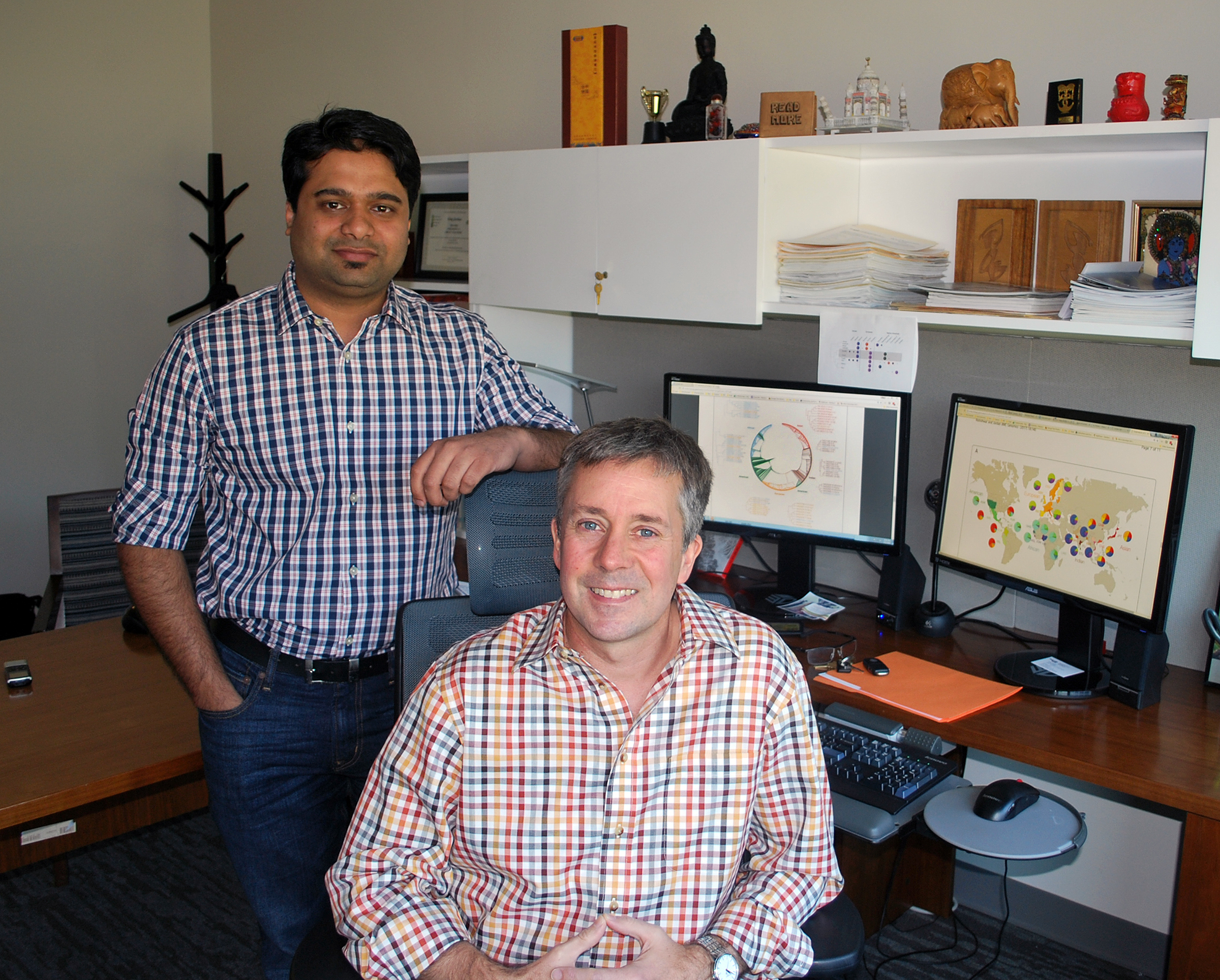Genetic mitochondrial disease is present in about 1 out of every 5,000 babies, who face insurmountable odds from the moment they are born. That’s because at present, there is no cure for these conditions. But a new assisted reproductive technology that prevents the transmission of mitochondrial disease from mother to child holds great promise.
Mitochondrial replacement (MR) therapy combines the nuclear DNA from the mother with healthy mitochondria from a donor egg to create a healthy new egg that can be fertilized with the father’s sperm, thereby yielding a “three-person baby.” Last year, the world’s first three-person baby resulting from this method was delivered by U.S. doctors in Mexico, where there are no laws prohibiting the procedure.
The healthy newborn got about 0.1 percent of his DNA from the donor, and the vast majority of his genetic code – specifying eye color, hair, etc. – from his mom and dad.
Mitochondrial DNA comprises just a small percentage of our total DNA, containing just 37 of the 20,000 to 25,000 protein-coding genes in our body. And while nuclear DNA comes from both parents, “our mitochondrial DNA comes directly from our mothers, so my mitochondrial genome will be exactly like my mother’s, yours will be like your mother’s, and so on,” says Lavanya Rishishwar, former grad student in the lab of Petit Institute researcher King Jordan and team lead for Applied Bioinformatics Laboratory (ABiL, a public-private partnership between Georgia Tech and IHRC Inc.).
While the method hasn’t been green lighted in the U.S. yet, the United Kingdom gave the go-ahead for MR therapy in December. This announcement came in the wake of concerns about the safety of MR therapy that were raised by evolutionary biologists, who argue that nuclear and mitochondrial genomes evolved concurrently, and therefore mitochondria from one person or population may not be compatible with nuclear material from another.
In support of the evolutionary biologists’ nuclear-mitochondrial mismatch hypothesis, a number of previous studies on model organisms have provided evidence for incompatibility between nuclear and mitochondrial genomes from divergent populations of the same species. But a recent study by Jordan and Rishishwar published in BMC Genomics lays those fears to rest.
“The alarm was raised based on work that was done on model systems,” says Jordan, associate professor in the School of Biological Sciences and director of the Bioinformatics Graduate Program. “They didn’t work with humans, they worked with fruit flies, with mice, and those experiments resulted in a host of different problems for the resulting offspring. The key is, those were artificial experiments. Meanwhile, there’s been an ongoing natural experiment that has been conducted over millennia in human populations.”
So Jordan and Rishishwar tested the nuclear-mitochondrial mismatch hypothesis for humans by observing the source: humanity. They used data from the 1,000 Genomes Project and the Human Genome Diversity Project, studying the incidents of nuclear- mitochondrial DNA mismatch seen in more than 3,500 people from about 60 populations on five continents.
“We’ve been working for some years on human population genomics and remain interested in admixed American populations,” Jordan says. “The trajectory of modern human evolution for the past 50,000 to 100,000 years starts with the journey out of Africa, followed by a long period when populations were geographically isolated for the most part. During that time, human populations genetically diverged since they were physically isolated.”
But over the past 500 years or so, since Columbus came to the new world from Europe, “that process of isolation and divergence got flipped upside down,” Jordan notes. “Over a very short evolutionary time, you had populations from the Americas, Europe, and shortly thereafter, Africa because of the transatlantic slave trade, that were all brought together.”
Hence, in the Americas we’ve seen the creation of genome sequences that are evolutionarily novel in the history of humanity, in that they contain combinations of variants that had never existed together before. Jordan and his team have been studying this for a while, and understood that healthy individuals can bear combinations of variants that had different ancestral sources within the same genomic background.
“We knew that at a very intuitive level because of our own research,” says Jordan, who stumbled on a paper in Nature expressing the grave concerns of evolutionary biologists and thought, “instead of relying on artificial experiment systems, why don’t we just try to read the results of this long, ongoing experiment of human evolution and see what it tells us.”
They found that even people with very similar nuclear DNA (nDNA) genomes can have highly divergent mitochondrial DNA (mtDNA) and vice versa. Ultimately, their results showed that mitochondrial and nuclear genomes from divergent human populations can co-exist in healthy individuals, indicating that mismatched nDNA-mtDNA combinations are basically harmless and not likely to jeopardize the safety of MR therapy.
“We tend to think that the story of our evolution is the story of migration, physical isolation, and genetic diversification,” Jordan says. “But all throughout that process, there was admixture along the way. It’s not like there was a linear, onward march. It confirms and underscores the fact that humans are a relatively evolutionarily young species, and from the genetic perspective, there is complete compatibility between human populations.”

Jerry GrilloCommunications Officer IIParker H. Petit Institute forBioengineering and Bioscience
